Truck technology supplier Microlise could return to the acquisition trail as it seeks to broaden its appeal in the van sector for its route planning and journey management software.
Already dominant in the truck sector, monitoring data from more than 230,000 drivers, three-quarters of the UK’s HGV drivers, Microlise boosted its penetration in the van delivery and logistics sectors following the triple purchase of Vita Software in 2023 and Enterprise Software Systems and K-Safe in 2024.
“The acquisitions we have done have been driven by customer feedback, for example, for a TMS (transport management system) solution,” Microlise CEO Nadeem Raza (pictured above) told Fleet News during the company's Transport Management conference in Coventry.
“So we bought companies that had the technology and incorporated them into Microlise.”
He believes van fleets offer a significant growth opportunity for the company, particularly with the transition to electric, which Microlise can support via its data collection and insight.
“A lot of our customers use systems in the home delivery space on mixed asset fleets where we have the tools to support the transportation of goods,” Raza said.
“But for customers in the field service sector, our software isn’t for that type of environment. We could do an acquisition there to bring solutions to customers and open up the market.”
He added: “We talk a lot to customers about their challenges and the problems they are trying to solve. We sometimes find they have invested in our products five or six years ago and we do updates every month – they might not realise they already have the functionality that isn’t being used.
“That’s where our customer success teams come in to help; they solve problems by helping customers to better understand the software.”
Single operating platform
Microlise has announced a new all-in-one fleet management system, called Microlise One, which brings together all its products on a single operating platform. Ultimately, it will also integrate data from fleets’ third-party suppliers via APIs to become a single data dashboard.
The system will combine data from vehicles, cameras, navigation, temperature monitoring and supply chain to enable live asset tracking, improved compliance management, operational dashboards, maintenance schedules, warehouse management and resource allocation.
Microlise product manager Charlotte Potter, said this will offer fleets an “end-to-end solution”, streamlining workflows with real-time visibility and “actionable insights”.
The development was in response to customer feedback for an integrated platform, according to Raza. And the first iteration of Microlise One, which is available now for the company’s own products, is just the first step.
“There’s more to come,” he said. “We want to build an integrated suite where all updates from across all systems from all vendors are in one place. That offers immense value and is one of our priorities for this year.”
Phase two will start to incorporate data feeds from third party systems, including the vehicle itself, temperature monitoring, pallet networks and warehouse management.
“One of our objectives is to ensure the customer doesn’t have to buy more hardware where they have the equipment on board already,” Raza said. “Some OEMs are better than others (at providing access to onboard data), but ultimately, the customer will decide.”
Cybersecurity and AI
Raza’s second major priority is the ongoing work on security – both Microlise’s, following the cyber attack last year, and its customers’ security.
“We are open to having conversations with customers’ security teams where we can share our knowledge,” Raza said. “We see a customer being impacted every week or two – it’s that frequent.
“It’s especially foreign state actors: if they want to cause disruption, then logistics and transport is a great target.”
Microlise has achieved EN18031compliance with multifactor authentication for customers as it strengthens its defence against cyber attack amid ongoing investment in new tech solutions incorporate artificial intelligence (AI).
It already utilises AI across its product portfolio, including trailer braking monitoring and data management for geofencing, but the real opportunities are helping planners to plot and manage journeys more efficiently and effectively.
This includes overlaying accident or crime hotspots and weather data to ensure routes are planned with efficiency and safety in mind.
“We can also use information about the driver and their familiarisation with the route, and they skill level, and tailor that to the work and route,” said Raza.
Microlise is working with one large European customer to assess the goods being carried and the positive physical stresses on the drive in the collection and delivery.
“If it gets beyond a certain point, then the system won’t schedule that driver and more collection and delivery of those goods,” Raza explained.
The company’s use of AI also extends into predictive maintenance, monitoring brakes, batteries and diagnostics to predict a potential failure several weeks before it happens.
Supporting the electric transition
With truck operates currently working to a twin deadline for the end of diesel sales of 2035 for HGVs up to 26 tonnes and 2040 for everything heavier, and vans looking likely to be brought forward to 2030 – note, both are currently subject to consultation and review by the Government – Microlise is also playing a key role in supporting the transition by identifying the vehicles which can make the switch sooner.
“It’s about looking at where you can use it now; there will be a proportion of your work which you can do with an electric vehicle,” Raza said.
“However, it’s not about doing it to reduce emissions; it’s about doing it because it is cost-effective – it will cost you less on those routes than using a diesel vehicle. This is all about saving money.”
Planning tools support the transition by informing the driver how much they need to charge the vehicle mid-route in order to continue their job, which minimises downtime. Nevertheless, the majority of Microlise’s van customers have taken “the easy route” by focusing on sub-100-mile journeys with overnight charging, according to Raza.
“We do have customers with high utilisation requirements, including 24-hour-day operating,” he added. “In that environment, you either invest in extra vehicles or you have to be cleverer about how you plan the day.”
He urged HGV operators to start planning their transition now and now wait until the deadlines arrive.
“A lot of people are not ready, and the deadlines will come around more quickly than they realise,” he said. “If they have mapped out a linear approach, then the first couple of years will have the quick wins and then it becomes more challenging.”




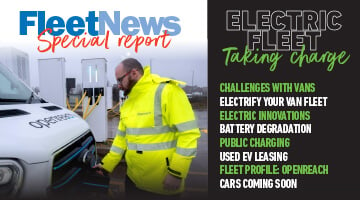



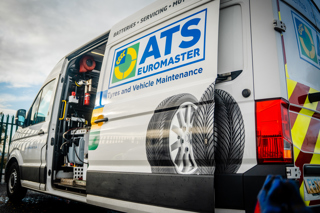
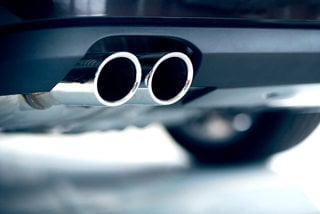

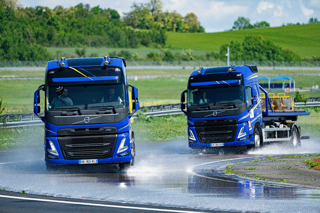
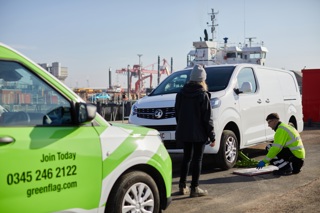







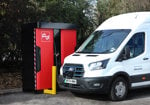



Login to comment
Comments
No comments have been made yet.